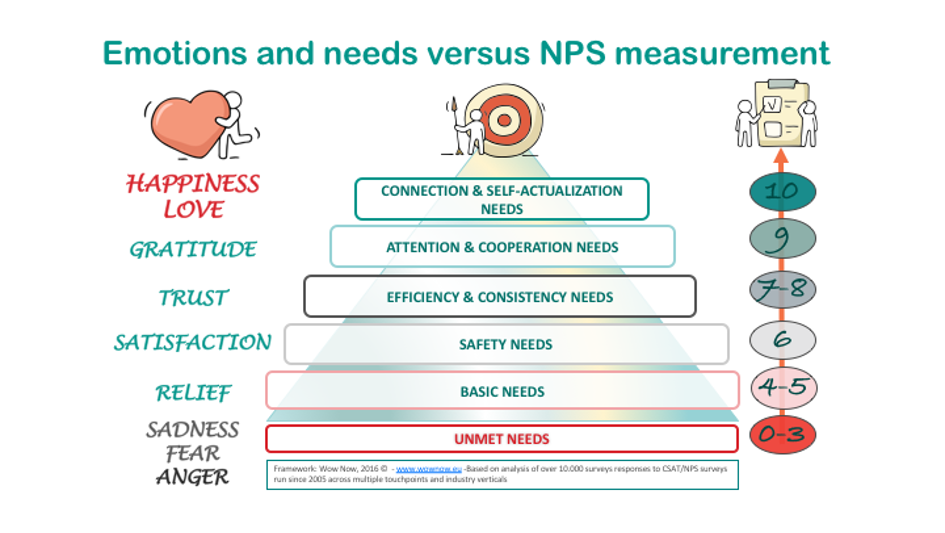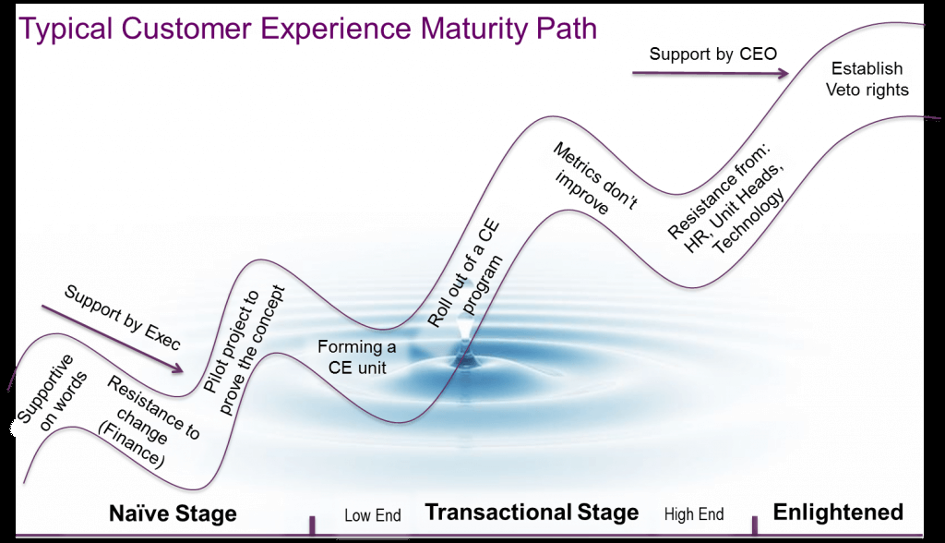“Zo kan het niet langer!” Dat brieste ik, toen ik hoorde dat mijn dochter van 19 al minder per uur verdiende dan haar jongenscollega’s in de patatzaak waar ze een bijbaantje heeft. Het is tijd voor ACTIE. Dat was de motivatie om JA te zeggen tegen het programma ‘Wat verdien je?’ van BNNVARA wat maandag 29 januari is uitgezonden.
Daarin deel ik mijn verhaal. Dat ik erachter kwam dat mijn mannelijke collega 1.000 euro per maand meer verdiende dan ik. Reken maar uit, dat is 12.000 euro per jaar. Het jaarinkomen van een Braziliaan of drie keer het jaarinkomen van iemand uit Egypte. Geen kattenpis, zoals we bij ons in de familie zeggen.
Ik herinner me dat moment toen nog goed. Zei hij nou dat hij 1.000 euro per maand meer krijgt dan ik? Ongeloof. Ik had het vast niet goed gehoord. Hij zag het waarschijnlijk op mijn gezicht, dus herhaalde hij zijn salaris en toen viel het kwartje. Een hard kwartje, BAM. Dit is oneerlijk, was mijn eerste gedachte. Want ik had dezelfde verantwoordelijkheden. Zelfs een grotere span of control. Maar het was zo.
Toen de eerste boosheid eraf was, ben ik langs HR gegaan. Hoe kon dit? Tja, daar moest ik maar mee leren leven. Ze konden daar nu niks mee doen. Ook mijn toenmalige directeur vond het wel oneerlijk, maar het zou een reden hebben. Natuurlijk kreeg ik er een eerste stap bij (Yes! Alleen al het aankaarten overbrugde het eerste verschil), maar bij lange na niet de 1.000 euro. Waar had ik de boot gemist?
Onderhandelen. Dat had ik niet gedaan. Ook had ik niet goed genoeg uitgezocht wat een gangbaar salaris was bij mijn positie. Een salaris wat passend was bij mijn verantwoordelijkheden, span of control en doelen. Daar had ik de afslag gemist. Ik heb gelijk de koe bij de horens gevat en ben in opleiding gegaan. Bij Direction volgde ik individueel een 2-daagse over vrouwelijk leiderschap (deze bestaat niet meer in die vorm, maar er is een mooie andere optie). Daarnaast heb ik bij ASR een inhouse Masterclass “Stratego voor vrouwen” georganiseerd voor mijzelf en andere collega’s, gefaciliteerd door Intouchwrm . Leren, oefenen en daarna in de praktijk brengen. Dat was de enige manier waarop ik op mijn hakken de loonkloof kon overbruggen.
Toen ik de overstap naar KPN maakte, was mijn moment daar. Ik zocht uit wat een gangbaar salaris was, welke schalen er waren en wat ‘boven cao’ betekende. Ik nam het salaris van mijn mannelijke collega als uitgangspunt en pluste dat, want dat bedrag was meer dan gangbaar. Ook keek ik goed naar secundaire arbeidsvoorwaarden als auto, pensioen, opleidingsbudget en parkeerplek (statussymbool nummero uno in die tijd bij KPN). Ik had ondertussen geoefend met onderhandelen, in de praktijk en ook zeker voor de spiegel. Zodat mijn salariswens (of eis, net hoe je noemt) er soepel uit zou komen in het gesprek. Zonder al te veel vlekken in mijn nek.
Een lang verhaal over het onderhandelen kort. In het gesprek werd mijn vorige salaris gevraagd. Ik noemde het salaris van mijn mannelijke collega. Of ik een loonstrookje had? Nee, dat had ik niet. Weet dat je dat ook niet hoeft te geven en dus ook NIET moet doen. Weg is je onderhandelingspositie. Daarnaast vertelde ik dat ik wel met een x-bedrag wilde plussen, gezien de verantwoordelijkheden en de stap die ik maakte. Er kwam een aanbod, ik onderhandelde nog iets meer (want de eerste NEE is de start van de onderhandeling) en we kwamen eruit. BAM BAM BAM. Ik danste in de kamer. Ik had het gedaan. Ik verdiende nu net zoveel als mijn mannelijke collega’s. Ik ging het salaris verdienen wat hoorde bij mijn positie. Proosten met champagne, dat is wat ik die avond deed.
Mannen verdienen gemiddeld 16,1% meer dan vrouwen. In de financiële sector is dat zelfs 29%. Dat heeft zijn redenen en daar kunnen we allemaal wat van vinden. Als ik daar op in ga, wordt het een wel hele lange blog. Dus dat doe ik niet. Ik spoor je wel aan om actie te ondernemen. Je hebt twee opties.
Optie 1: Heb je invloed of geef je leiding? Werk je bij HR? Dan heb jij invloed. Jij kan de loonkloof verkleinen door vrouwen net zo te belonen als mannen. Wat kan je doen?
- Ken de feiten.
Hoe is de beloning onder mannen en vrouwen in jouw bedrijf? Wat is de loonkloof? Op welke afdelingen verdient wie wat? - Help vrouwen bij het onderhandelen.
Komt een vrouw voor een nieuwe positie en vraagt ze niet om een stap qua salaris? Help haar. Want de kans is groot dat ze het niet durft. Dan kan je zeggen “Eigen schuld, dikke salarisbult”, maar daar verander je de wereld niet mee. Vraag of ze nog wil onderhandelen of welk salaris ze had verwacht bij deze nieuwe positie. - Verander het systeem.
Trek de salarissen gelijk. Dit kan natuurlijk niet in één keer. Maar als blijkt dat er grote verschillen zijn, zorg er dan voor dat vrouwen er meer bij krijgen en zo de loonkloof overbruggen. Want je kan het toch niet aan jezelf uitleggen dat mannen in jouw bedrijf meer verdienen dan vrouwen. Dat is zó 1987.
Optie 2: Wil jij wat aan jouw eigen salaris doen? Ga je mee op hakken over de loonkloof? Ik weet het. Het is een kloof. Het is een spannende tocht en soms is de kloof breed en hoog. Maar ik beloof je dat als je er overheen bent er Geld is en een supergoed Gevoel: jouw winst. Ook verdien je meer Aanzien bij je collega’s, want als je betaald wordt naar wat je waard bent, wordt je met andere ogen bekeken.
We gaan in 5 stappen de loonkloof over:
- Onderzoek
Wat verdienen jouw collega’s? Wat is passend bij jouw positie bij andere bedrijven? In welke schalen zitten je collega’s? Vraag het in de breedte, aan mannen en vrouwen. Schrijf alles op in een apart boekje of digitaal. Leg alles vast wat je vindt. Stap over je eigen aannames heen, qua schaal en trede daarin. Je doet ook onderzoek op internet, bijvoorbeeld via de website van het programma “Wat verdien je?” Er zijn hier veel opties. Doe je voorwerk goed. Ga langs bij HR. Bespreek het bij de koffieautomaat, tijdens de lunch. Doe dit niet te opzichtig, maar neutraal. Mochten er antwoorden uitkomen, waaruit net zo’n groot loonverschil blijkt als bij mij, probeer je gezicht in de plooi te houden (dat had ik handiger kunnen doen…). - Bepalen van jouw Doelsalaris
Neem een moment om te reflecteren op alle informatie die je opgehaald hebt. Verdien je genoeg? Waar liggen verschillen? Salaris, schalen, emolumenten? Mis je toch nog informatie? Ga dan nog even terug naar stap 1. Daarna is het tijd om te bepalen waar je voor wilt gaan. Wat is jouw doelsalaris wat passend is in jouw branche, bij jouw positie? Een echt bedrag. Niet ongeveer. Niet plusminus. Nee, jij gaat voor x euro. Dat mag best een ambitieus getal zijn. - Onderhandelstrategie
Nu ga je bepalen hoe je deze loonkloof gaat overbruggen. Waarom verdien je meer dan je nu krijgt? Dit schrijf je op. Verantwoordelijkheden, skills, competenties, resultaten die je geboekt hebt, testimonials van anderen. Doe eens gek. Schep eens goed op over jezelf, waarom je dit salaris moet krijgen. Daarna bedenk je met wie je aan tafel moet als je in je huidige baan meer salaris wilt krijgen. Of als je een overstap maakt, dan bedenk je goed welke stakeholders je aan tafel krijgt. Ga je om tafel bij je manager of directeur? Of is het HR? Jij bedenkt jouw strategie. Schrijft precies op welke stappen je gaat nemen. - Oefenen
Dit is echt cruciaal. Tijd om te oefenen. Met je man of vrouw. Met je collega die je vertrouwt. Met vriendinnen of nog veel beter met vrienden. Echt het gesprek als een toneelstuk oefenen. Jouw zinnen moeten er straks goed uitkomen, vol overtuiging waarom je dat salaris verdient, of waarom je in die schaal moet komen. Dus dat vergt oefening. Oefening baart kunst, dus dit is jouw moment. Voor de spiegel, in de auto. Je neemt jezelf op met je mobiel. Ja, dat doe je wel. Want je wilt terughoren hoe je klinkt. Komt het er overtuigend uit? Mooi. Dan ben je er klaar voor. Mocht je het moeilijk vinden om voor jezelf te onderhandelen, doe dan net alsof je onderhandelt voor je kind of een goede vriend. Het is soms makkelijker om voor iemand anders te onderhandelen. - Onderhandelen maar
Je zit aan tafel met jouw gesprekspartner. Of in een internationale context soms achter skype. Je bent er klaar voor en vertelt wat je wilt en waarom. Daarna hou je je mond. Net zolang tot de andere partij reageert. De kans is dat er een bezwaar komt. Waarom het niet kan. Je blijft heel rustig. Herhaalt jouw wens en het waarom. Of je vraagt wat er wel kan. Dit is echt spannend, maar je blijft rustig. Je kan vlekken in je nek krijgen, maar dat maakt NIKS uit. Je bent het aan het doen. Je stelt je zakelijk op. Komt rustig voor jezelf op. Als het nodig is vertel je over het loonverschil tussen jou en je collega en vraag je wanneer dit wordt gecompenseerd. Je bijt je erin vast. Natuurlijk kunnen er meerdere gesprekken overheen gaan, met jouw manager en/of HR dat je krijgt wat je wilt. Elke stap is er één en zo bereik je het einde van de loonkloof. Doen is het devies en zo overkom je je schroom om te onderhandelen. Om te krijgen wat je verdient.
Ben je aan de slag gegaan? Wat is jouw ervaring en wat was het resultaat? Vast meer dan jezelf gedacht had. Deel je jouw ervaring in de comments? Heb jij tips om beter te onderhandelen, laat deze ook weten! Dit is een mooie plek om elkaar te helpen en gezamenlijk tot resultaat te komen.
Dit is geen blog over Customer Experience, mijn vakgebied waar ik normaal gesproken over schrijf en spreek. Maar deze boodschap moest eruit! Dank voor alle support voor, tijdens en na het programma. Veel vrouwen en ook mannen hebben hun ervaringen gedeeld en sommige voorbeelden zijn echt pijnlijk. We leven soms nog in 1987, maar zijn hard onderweg in 2018 om het verschil te overbruggen. Ik hoop met mijn verhaal in ‘Wat verdien je?’ en deze blog mijn bijdrage te leveren. Actie is vereist: hakken aan en over die loonkloof!
Wil je geen blog meer missen? Schrijf je dan in voor mijn nieuwsbrief!

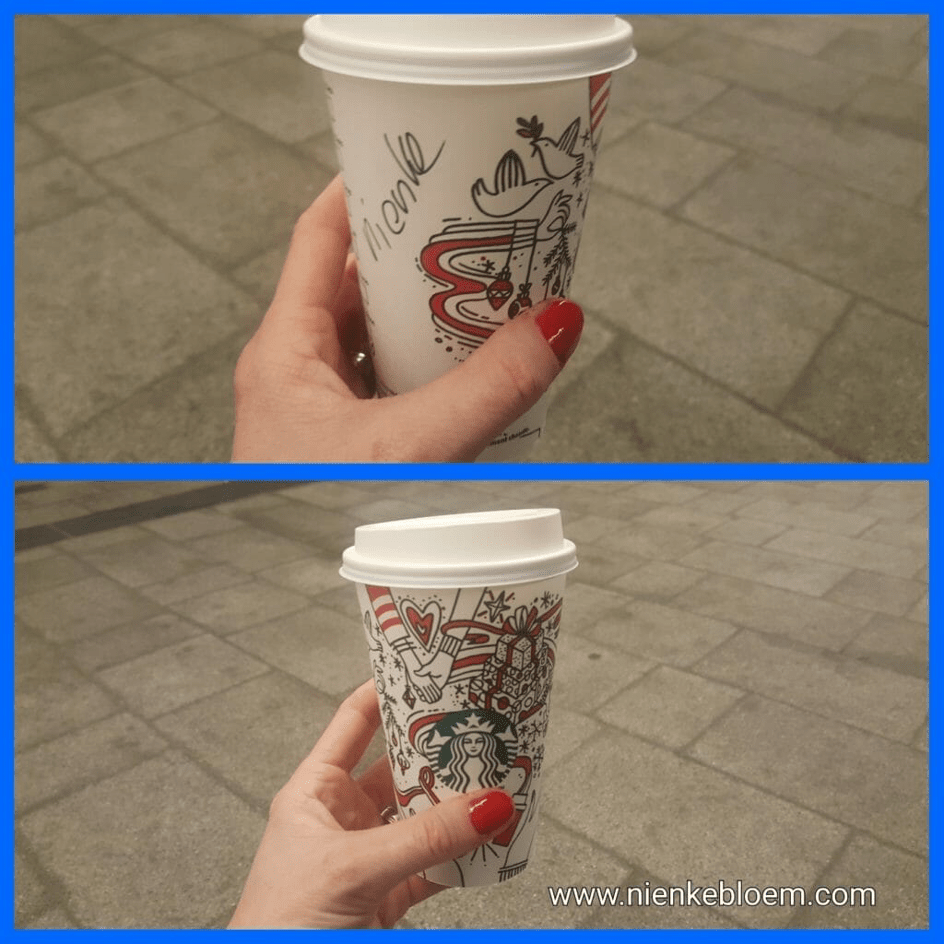
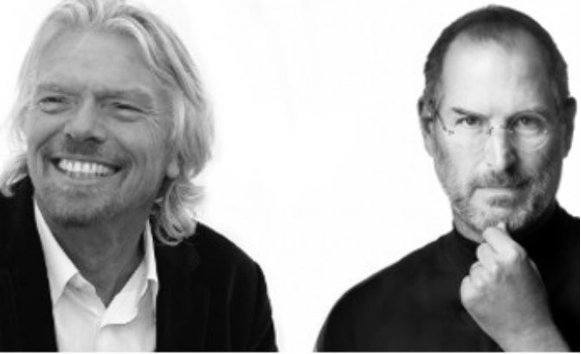



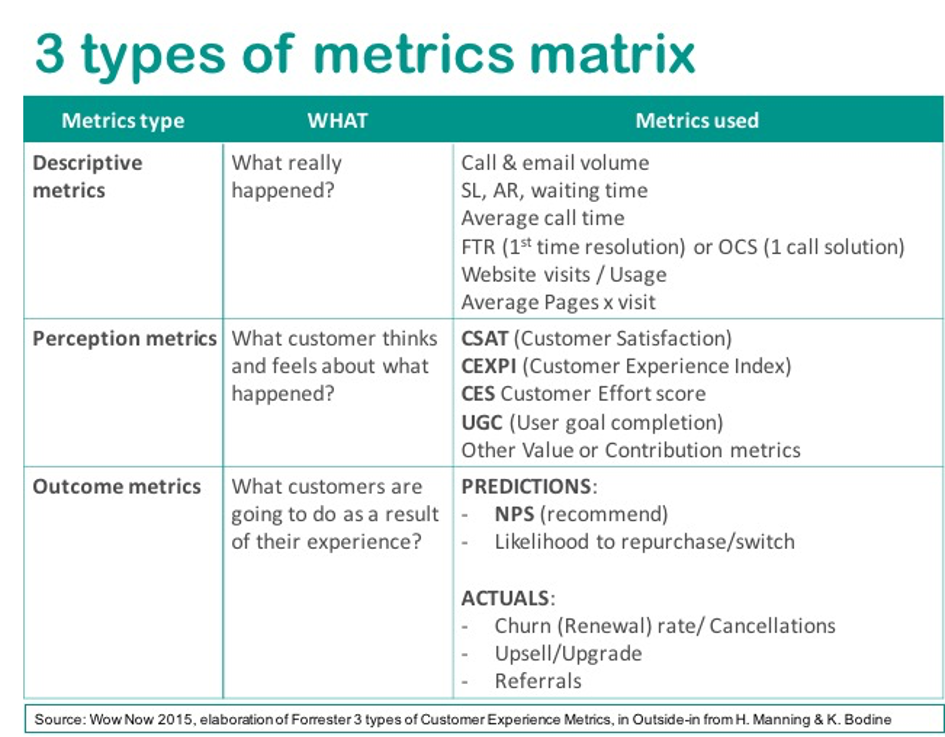


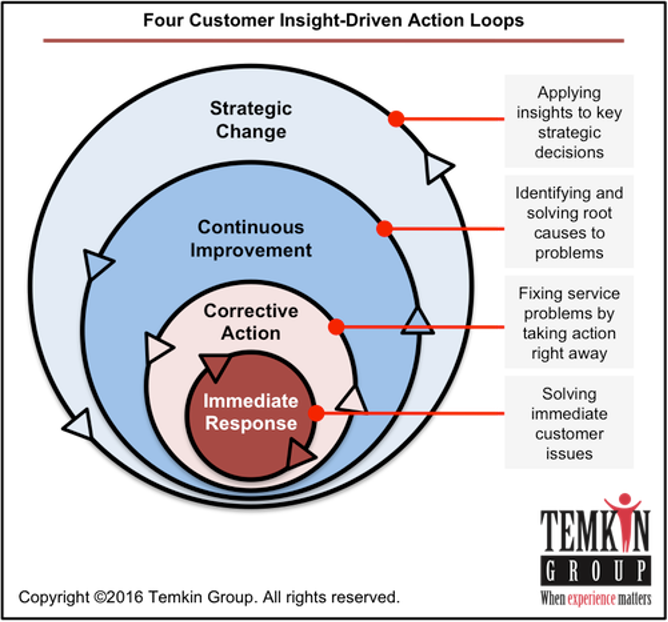
 C. Needs
C. Needs